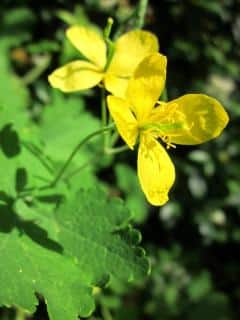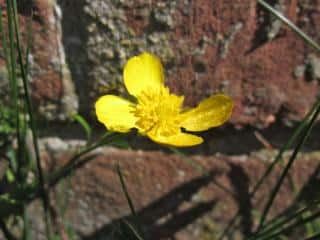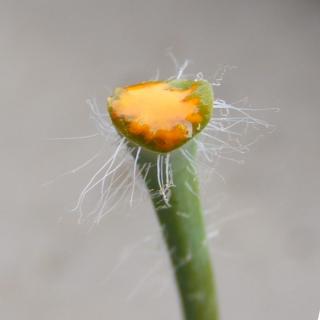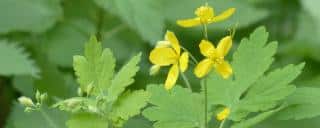

Tetterwort, greater celandine, is often considered a weed.
Top Tetterwort facts
Name – Chelidonium majus
Family – Papaveraceae
Type – medicinal plant
Height – 16 to 20 inches (40 to 50 cm)
Exposure – full sun, part sun
Soil: rather rich – Harvest: end of spring to early fall
Its cute flowers and amazing orange sap, however, are full of health benefits.
 Very easy. Perform at the beginning of spring, directly in the growing bed.
Very easy. Perform at the beginning of spring, directly in the growing bed.
Simply sprinkle seeds around and rake them into the soil very lightly. Tetterwort is also called “poppy celandine“: not only is it a relative of the famous red poppy, it also spreads and grows very easily.
This is an excellent plant for sowing around beehives: the abundant flowers contain nectar that is full of nutrients.
Bees use these compounds to regulate disease and parasites in their hive.

Since it grows rather tall, it’s an excellent choice for decorating a stone wall. It will stand out, decorating your stone wall in a burst of fresh green, all the while without hindering creeping cover flowers from growing and blooming.

However, it has been proven to be effective in treating warts.
Greater celandine also goes by the name “tetterwort“.
The bright yellow opaque sap from this plant can be collected simply by cutting or breaking off the stem of a leaf.
It is said to have a beneficial effect when trying to remove warts.
Dabbing the sap on the wart directly once or twice a day will make the wart disappear within a few weeks, and in some cases within a couple months.

I have a wart now I’ll try this out. It seems too good to be true!